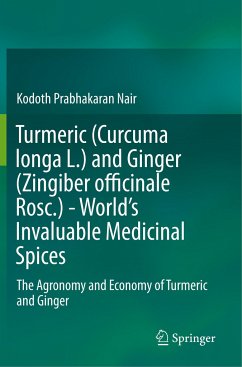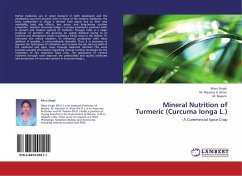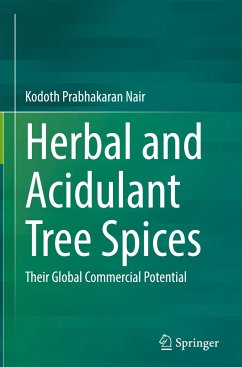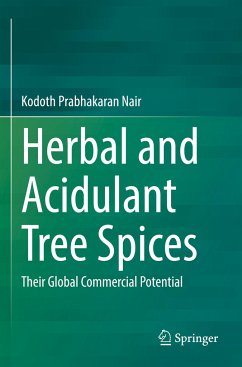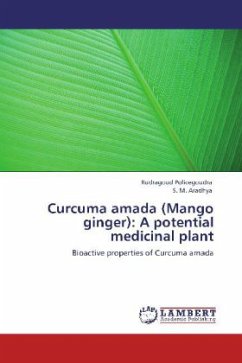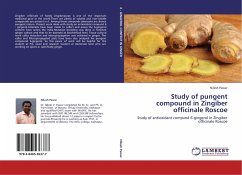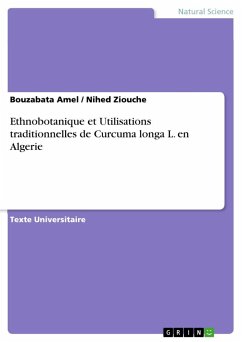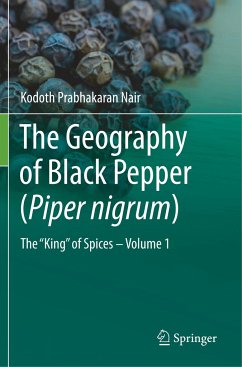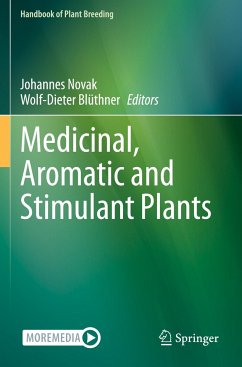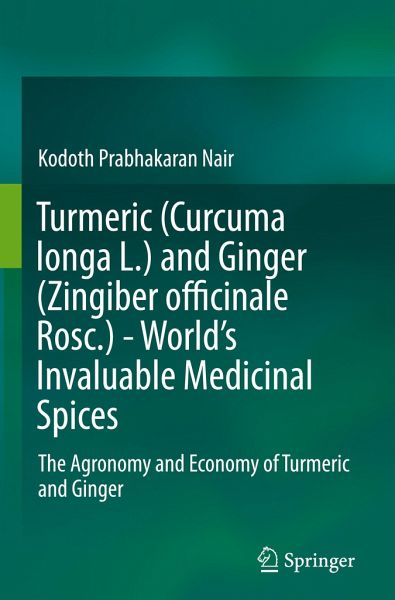
Turmeric (Curcuma longa L.) and Ginger (Zingiber officinale Rosc.) - World's Invaluable Medicinal Spices
The Agronomy and Economy of Turmeric and Ginger
Versandkostenfrei!
Versandfertig in 6-10 Tagen
175,99 €
inkl. MwSt.
Weitere Ausgaben:

PAYBACK Punkte
88 °P sammeln!
This book discusses the various aspects, from production to marketing of turmeric and ginger, the world's two most important and invaluable medicinal spice crops. The book begins with their origin and history, global spread, and goes on to describe the botany, production agronomy, fertilizer practices, pest management, post-harvest technology, pharmacology and nutraceutical uses. The book presents the economy, import-export and world markets involved with reference to turmeric and ginger. It would be a benchmark and an important reference source for scientists, students, both undergraduate and...
This book discusses the various aspects, from production to marketing of turmeric and ginger, the world's two most important and invaluable medicinal spice crops. The book begins with their origin and history, global spread, and goes on to describe the botany, production agronomy, fertilizer practices, pest management, post-harvest technology, pharmacology and nutraceutical uses. The book presents the economy, import-export and world markets involved with reference to turmeric and ginger. It would be a benchmark and an important reference source for scientists, students, both undergraduate and post graduate, studying agriculture and food sciences and policy makers. It would be of great interest to professionals and industry involved in spice trade.



